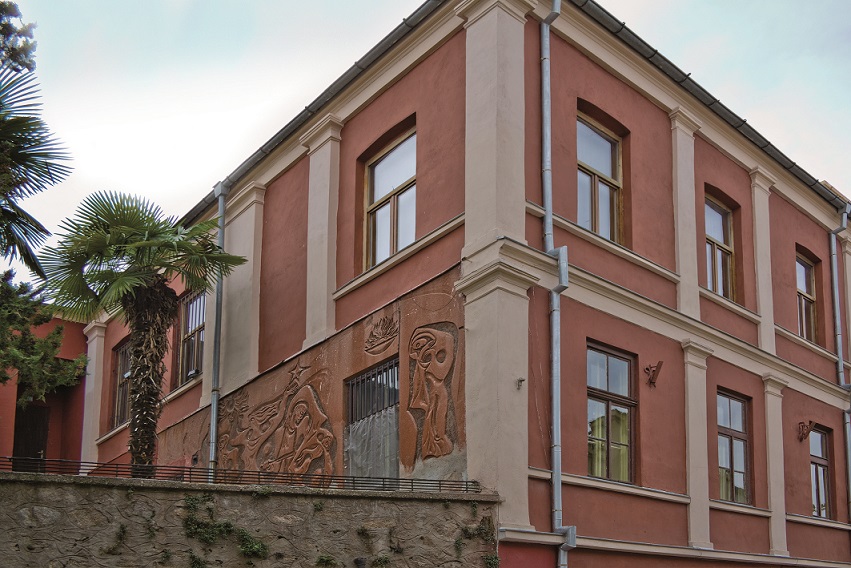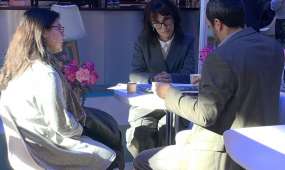Regional History Museum - Musium Center of Modern History
phone: +359 32 628 886 email: [email protected] link: http://historymuseumplovdiv.org/front/index.php?lng=enThe building was erected as an officers club in 1895. In the period 1905-1923 it was Peoples Home, which housed workers theatre, brass band and evening classes.
In 1951 the building was turned into a Museum of the History of Capitalism, Working Class Movement and Socialist Construction. Nowadays it accommodates the Museum Centre of Modern History with a large, fully equipped hall, which allows the arrangement of art and photographic exhibitions, presentations, seminars and other public events.
The permanent exposition „The Soul of the Japanese Doll” represents the history of the Japanese traditional dolls.
Dolls play a special role not only in the home of every Japanese, but also in their everyday life. They are of utmost importance in the celebration of all popular holidays in the country. Thus, with change of seasons when boys and girls grow up, they are given for the first time special figures. This is the holiday Sekku. From ancient times till now the Japanese treat their dolls as living creatures. Therefore, when dolls grow old or become useless, they are not thrown away, but real farewell ceremonies and funerals are organized in their honor. Dolls are taken in a temple for farewell as people express their gratitude to each of them. Then they are burned to ashes.
Some of the most popular dolls for girls, each one originating from an old legend, are displayed in five showcases. The sets Hina Ningyo – Emperor’s wedding from Kyoto (the old capital city of Japan) and Edo (the old name of Tokyo), which are arranged in the homes of girls on 3 March each year, and a set of dolls for the Boy’s Festival Tango no Sekku, are presented. Celebrated on 5 May it has been a national holiday (Children’s Day) since 1945. The traditional Japan dress kimono is also shown in its summer version called yukata, as well as the musical instrument koto.
This exhibition has been realized thanks to the partnership of the History Museum in Plovdiv with the Japan International Cooperation Agency (JICA), which dated from 1999. In 2005 the Japanese volunteer Yuko Nakajima together with her friends from the prefecture of Saitama organized the collection of dolls, and JICA provided the necessary funds for their transportation to Bulgaria. The consignment arrived in the History Museum in Plovdiv in July 2005 composed of six cases with total weight 430 kg. It included 20 individual dolls, four groups of more than 40 dolls each, stands for the groups, toys, accessories. Total cost of the grant is USD 30,000. This exposition was realized upon the artistic design of Konstantin Kambarev with the financial support of the Japanese Embassy in Bulgaria in 2010.
Day for free visit: Every first Thursday of the month for students and retired people.
The museum receives visitors in compliance with the anti-epidemic measures: http://historymuseumplovdiv.org/front/index.php?tid=10&bim=bkg1545901678.jpg











